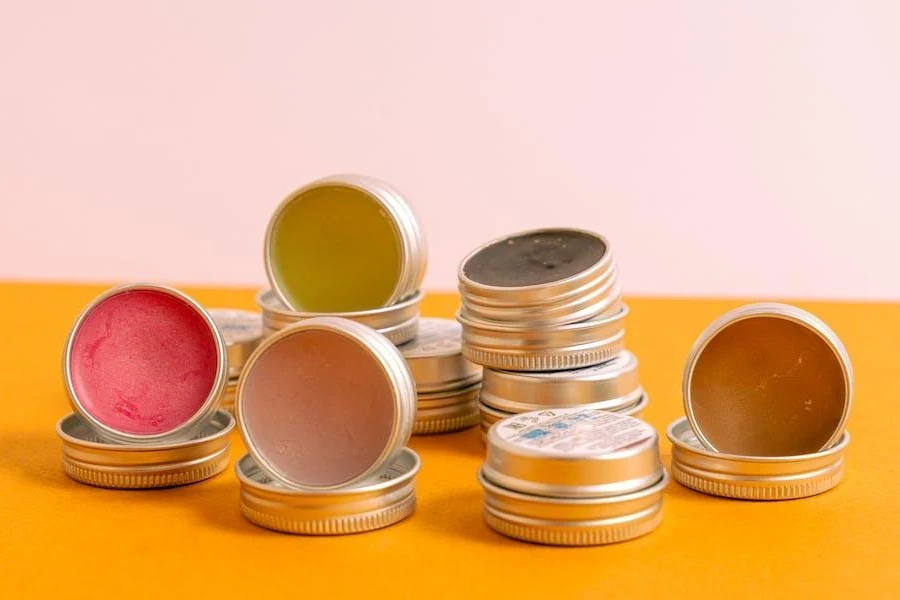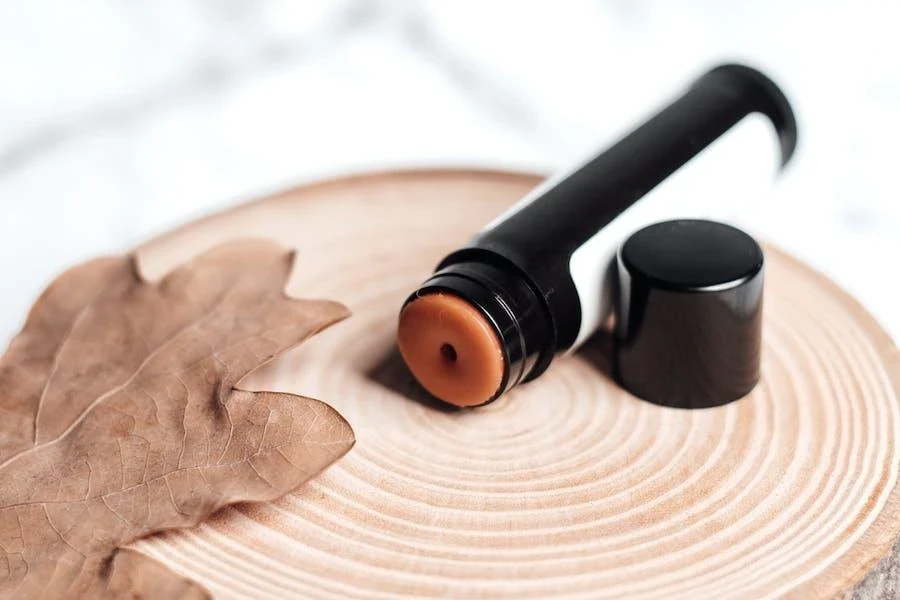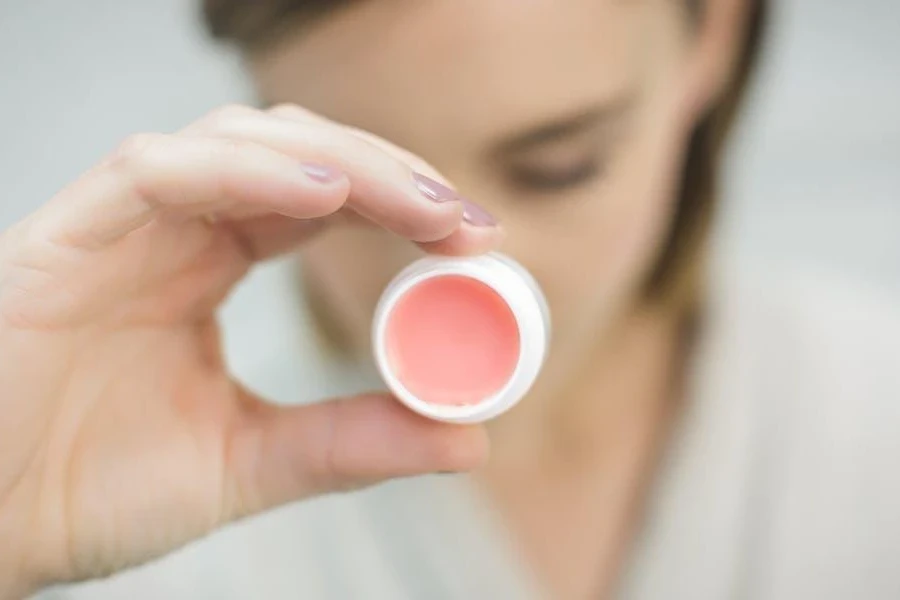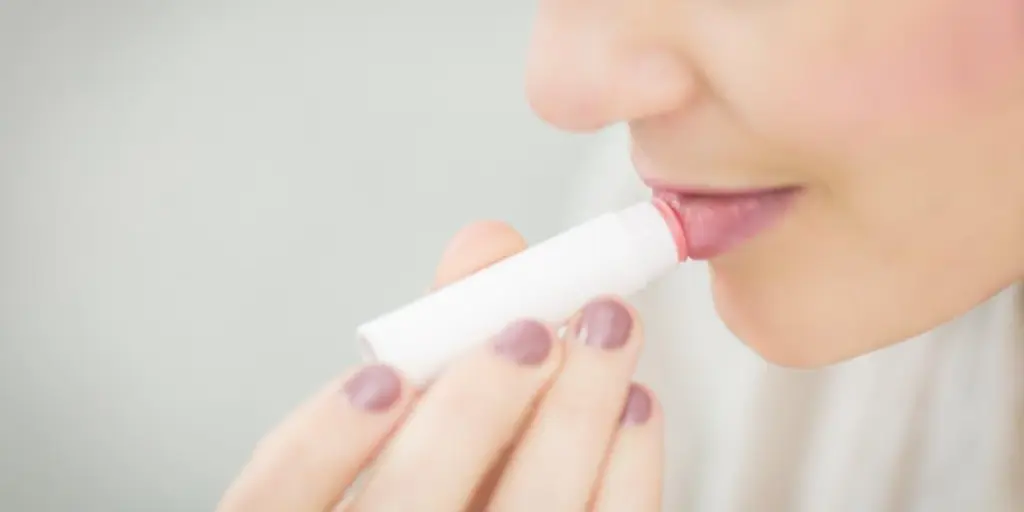When discussing universal cosmetic products, lip balms will surely be on that list. They’ve been a hit since their debut in the 1980s, and their popularity has exploded even more in the modern beauty scene. But with the plethora of lip products available nowadays, it’s easy to get confused when buying.
Lip balms have become a super lucrative product in the lip care market. Business buyers interested in entering this industry must identify the differences between lip balms and other lip care products. In this regard, they must know how to choose the right lip balm for consumer needs in 2024. Keep reading to gain insights on the subject.
Table of Contents
What’s the market size for lip balms?
How are lip balms different from other lip products?
How should businesses choose the perfect lip balm in 2024?
In conclusion
What’s the market size for lip balms?
Recent reports show that the lip balm market reached US$ 837.6 million in 2022. However, experts predict it will grow at a 6.55% compound annual growth rate (CAGR) from 2023 to 2029, nearly crossing US$ 1.3 billion.
Based on the same report above, there has been a noticeable surge in the lip balm market. The driving force behind this growth is the increasing consciousness regarding grooming and personal care. This observation highlights consumers’ changing trends and demands as they increasingly seek products catering to their care needs. The report also showed that the eco-friendly trend boosts growth, as many consumers demand natural/organic lip balms. And finally, the increasing popularity of lip balms for men greatly impacts the market.
The report also reveals that colored lip balms are currently the best-selling types, with experts predicting substantial growth in the forecast period. The woman segment dominated the lip balm market in 2022. Asia Pacific had the highest revenue share (over 38.2%), while North America projects to experience the fastest CAGR. Taken together, these stats show that the lip balm industry is poised for significant growth in the coming years.
How are lip balms different from other lip products?
While other lip products focus on aesthetics, lip balms cater to moisturizing and protecting the lips. Usually, they don’t have colors, but more recent variants include a hint of tint for consumers interested in using them.
Lip balms and lipsticks may seem similar, but they serve different purposes. Lipsticks aim to provide vibrant colors and textures to the lips, while lip balms are more focused on hydrating and protecting the delicate skin of the lips. In short, consumers looking for a product to keep their lips moisturized and healthy prefer lip balms.
While lip balms can help handle lip dryness, they may be ineffective if the situation is terrible (like badly chapped lips). In such cases, consumers go for lip salves with more herbal ingredients and oils to heal and relieve the lips. However, they don’t have the same consistency as lip balms, meaning salves won’t offer lip protection.
How should businesses choose the perfect lip balm in 2024?
1. Determine the type (or main ingredient)

Lip balms come in various types, often determined by their main ingredient. Each type has pros and cons, making them viable options for consumers. Here’s a look at a list of top options:
| Lip balm type | Description |
| Lanolin lip balm | Manufacturers make these lip balms from wool grease. They’re super effective at moisturizing the lips and preventing dried/or chapped issues. However, their greasy nature is a turn-off for many consumers. |
| Beeswax lip balm | These balms are among the most popular options because of their effectiveness and all-natural nature. However, they may suck too much moisture from the lips, so consumers with dry lips often avoid them. |
| Petroleum jelly | While petroleum jelly is often a base for other lip balms, manufacturers make some of these products with it as the only ingredient. It may be one of the most effective ways to moisturize the lips, but its consistency puts off some consumers. |
| Shea butter lip balm | These balms are also all-natural and can effortlessly protect and moisturize the lips. But they can be pretty expensive. |
| Coconut oil lip balm | Coconut oil lip balms are natural lip balms that protect and moisturize the lips but may be too uncomfortable for oily skin. |
2. Check the sub-ingredients list

Although manufacturers can make lip balms containing only one ingredient, seeing more than one variety is common. In such cases, checking the ingredients list is necessary.
Hence, it’s crucial to note that some lip balms will dry the lips out because of their sub-ingredients.
For example, phenol is a popular ingredient for treating cracked or chapped lips caused by bacterial infections. While it’s incredibly effective, it can have negative effects if consumers apply it for long, making it a not-so-good option for lip balms.
On the same note, camphor, salicylic acid, alum, and menthol are other ingredients found in some lip balms. They may get the job done (especially with their tingling sensation) but will show the lip’s moisture if consumers apply it for extended periods.
More importantly, consumers often consume the balm’s ingredients (not intentionally), so avoid anything potentially harmful to health. The ideal ingredient lists should have things like beeswax, apricot kernel oils, cocoa butter, etc.—all-natural substances that won’t do anything suspicious on the lips or when consumed. Some may even come with sweet almond oil and silk proteins to create a protective layer while giving the lips a silky gloss.
3. Focus on choosing balms for the appropriate skin type

Technically, the lip is part of the skin and should receive some TLC (tender love and care). For this reason, business buyers must also consider their target consumer’s skin type to keep their lips healthy and hydrated without unnecessary side effects.
Consumers with dry or chapped lips demand lip balms with hydrating ingredients, like shea butter. Beeswax lip balms will also work only when combined with other nourishing ingredients.
If targets have sensitive skin, they’ll avoid lip balms with dyes or artificial fragrances—all-natural is their love language. Some lip balms can also help with sun protection, so business buyers must prioritize options with at least SPF 15 if consumers want that.
4. Consider the product’s packaging

Why and how should consumers apply their lip balm? This question will help businesses determine the best packaging for their target audience. If consumers prefer using their fingers to apply their balms, small containers will be the ideal way to attract them.
Conversely, consumers who prefer pressing out their products will lean toward balm tubes. Lastly, if consumers love swiping a thick balm layer over their lips, they’ll see sticks as an attractive option.
5. Prioritize lip balms offering extra benefits
Although lip balms primarily moisturize and hydrate the lips, there’s no harm in offering variants with other benefits. Hence, businesses can opt for balms with nourishing ingredients that keep the lips hydrated and soft. Likewise, balms with minty flavors can double as a mouth freshener. While mostly colorless, lip balms can also have shades to give consumers a natural pinkish look.
In conclusion
Lip balms are one of the most popular beauty products on the market. They help hydrate lips in the terrible conditions of winter while keeping them soft and lush. They’re also unsung summer heroes, with the inclusion of SPF ingredients. The stats on lip balms also speak volumes—showing that they are undoubtedly one of the top beauty products to sell in 2024. This is backed up by the fact that 823,000 consumers searched for lip balms in January 2024 (according to Google data).
Businesses can therefore use the tips discussed in this article to find the best products for their buyers and stand out in the lip balm market in 2024.




